Top 10 Species Most in Danger of Disappearing Forever Within Our Lifetime
The beauty and balance of our natural world are maintained by its vast variety of species. However, many species are now critically endangered due to various human activities. This list highlights ten of the most endangered species on the planet. Their desperate plight serves as a call to action for conservation efforts worldwide.
If you would like to support these incredible animals, there is a page with options to donate or adopt them, helping the WWF in their conservation efforts.
1. Amur Leopard
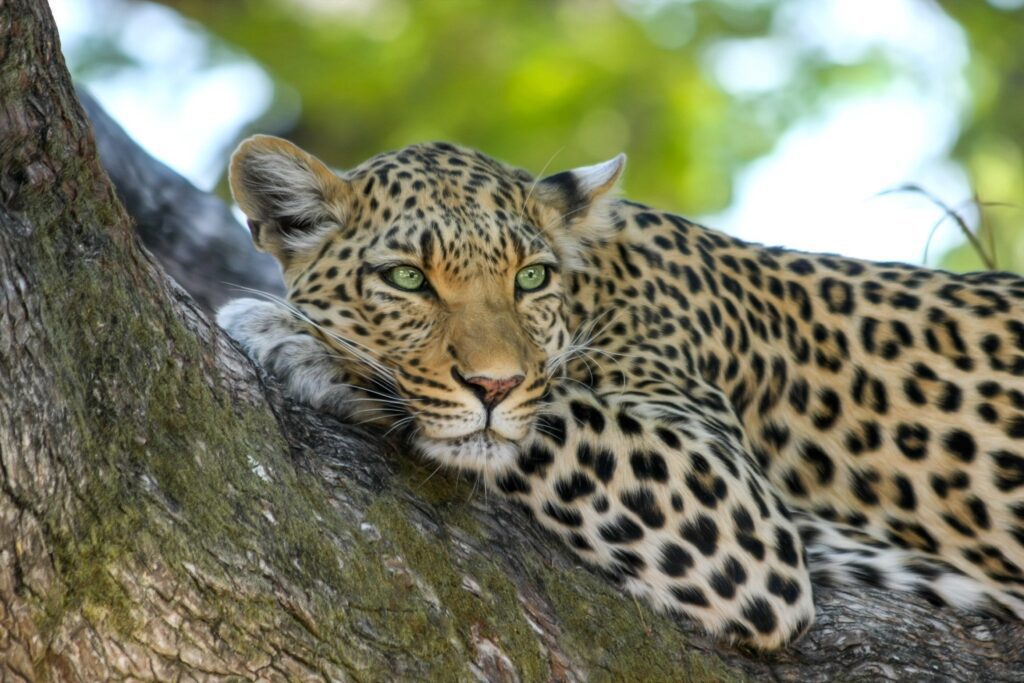
Residing in the Russian Far East, the Amur leopard is one of the most endangered big cats with less than 100 individuals remaining in the wild. The magnificent creature, known for its beautiful spotted fur, is currently facing the brunt of habitat loss due to logging, road building, encroachment of civilization, poaching, and climate change. Conservation efforts are underway to safeguard these elusive cats, with a focus on improving their habitat and cracking down on poaching. Help the WWF
2. Vaquita
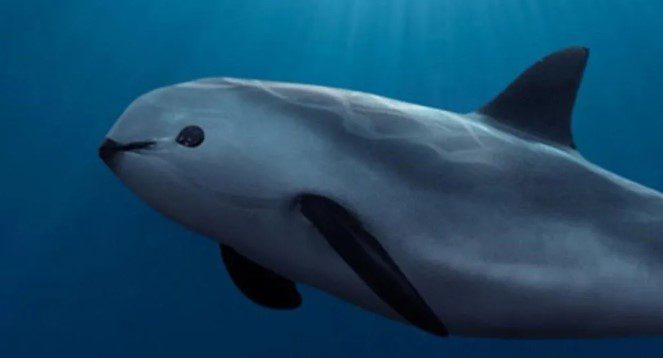
The vaquita, the world’s rarest marine mammal, is teetering on the brink of extinction. This tiny porpoise, which resides in the Gulf of California, wasn’t discovered until 1958. Unfortunately, by 2018, there were only around 10 left. The main cause of their drastic population decline is illegal fishing practices, particularly the use of gillnets that accidentally capture and kill these small creatures. International efforts to ban such practices and protect the vaquita are ongoing, but the situation remains critical. Help the WWF
3. Sumatran Orangutan
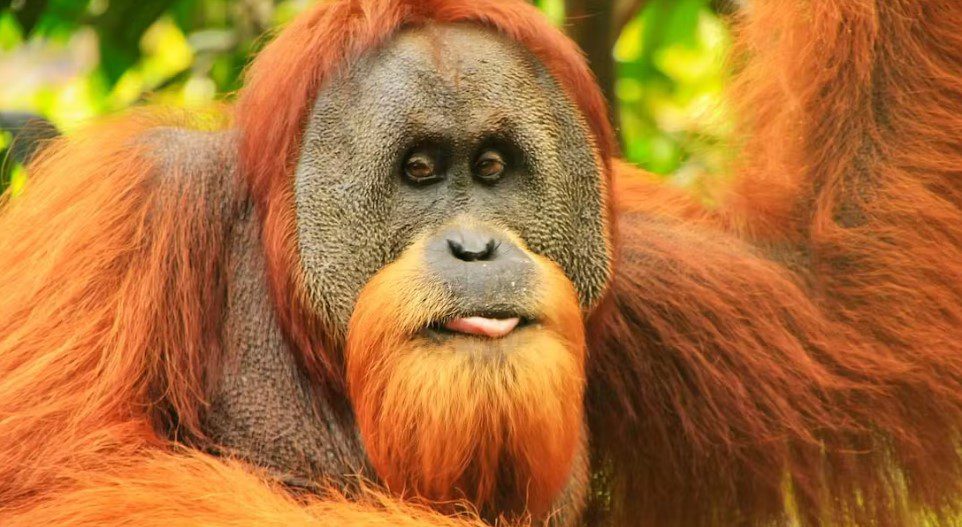
Sumatran orangutans, with just under 14,000 left, are in dire straits, largely due to the conversion of their forest habitat into palm oil plantations. These remarkable apes, found only on the Indonesian island of Sumatra, are known for their distinctive red fur and intelligent behaviours. Rapid deforestation and hunting pose severe threats to their survival. Protective measures, including strict laws against hunting and habitat destruction, are essential for their survival. Help the WWF
4. Javan Rhinoceros
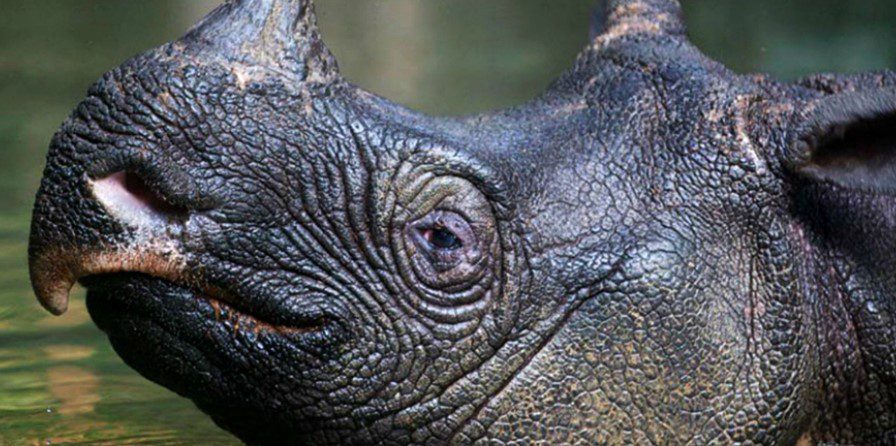
The Javan rhinoceros is one of the most threatened among the five rhino species, with only 58 to 68 individuals left, all confined to Ujung Kulon National Park in Java, Indonesia. These solitary creatures, recognized by their single horn, face threats such as loss of lowland habitat to human activity and diseases from inbreeding. Anti-poaching campaigns and habitat management initiatives are critical to their survival. Help the WWF
5. Cross River Gorilla
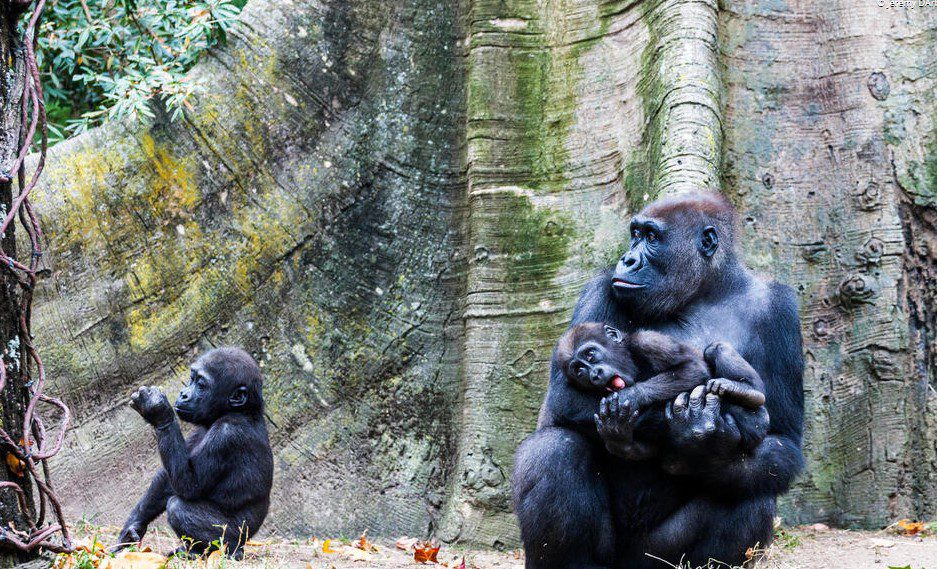
The Cross River gorilla, a subspecies of the western gorilla, holds the unfortunate title of the world’s rarest great ape. With an estimated population of fewer than 250 individuals, these gorillas face threats from poaching and habitat loss due to agricultural expansion. They reside in a region bordered by Nigeria and Cameroon. Efforts to curb hunting and protect their habitats are crucial for the survival of this critically endangered subspecies. Help the WWF
6. Hawksbill Turtle
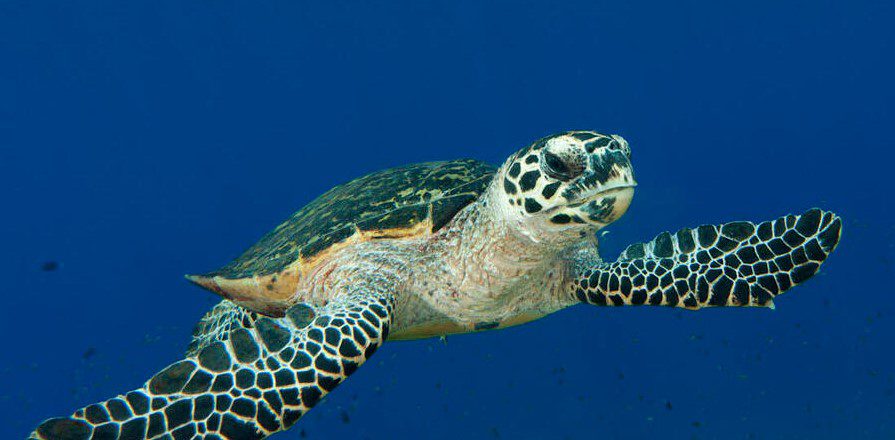
Hawksbill turtles, renowned for their beautiful tortoiseshell-patterned shells, are critically endangered, mostly due to human impact. Hawksbill eggs are still consumed around the world despite the turtle’s internationally protected status, and they are often killed for their flesh and their stunning shells. Additionally, they face the threat of habitat loss as their nesting sites are increasingly taken over by beachfront development. Global conservation efforts are essential to save these marine creatures. Help the WWF
7. Saola
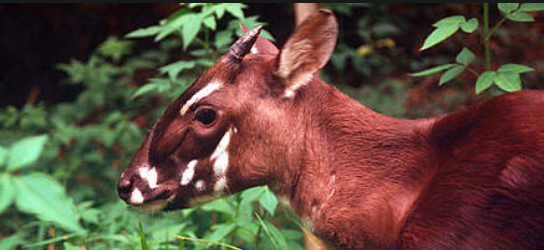
Often called the Asian unicorn, the saola is one of the rarest large mammals on Earth. It was only discovered in 1992 in the forests of Vietnam and Laos. With long, straight horns and a delicate frame, these elusive creatures have been seldom seen in the wild. Their population is declining due to habitat loss and illegal hunting. Efforts to create protected areas for their conservation are ongoing, but their survival is far from guaranteed. Help the WWF
8. Sumatran Elephant
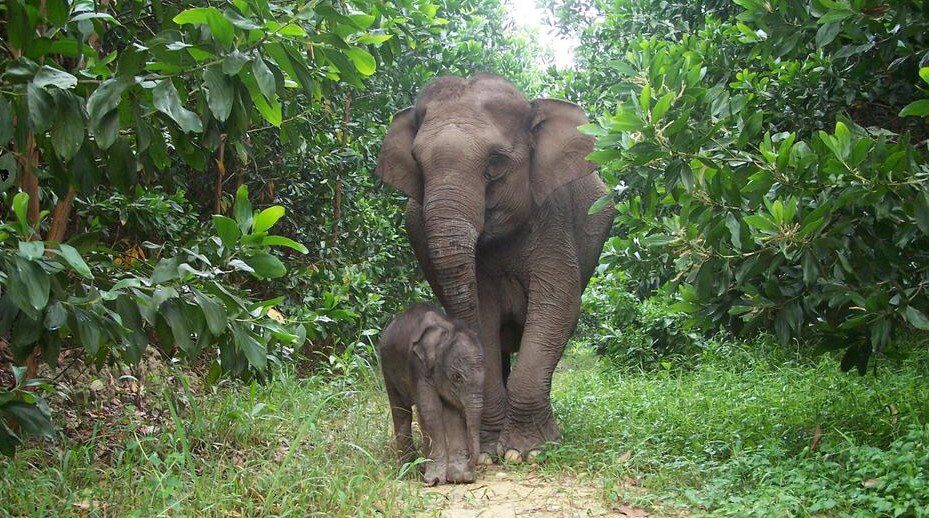
Sumatran elephants have faced a drastic 70% population decrease in one generation, primarily due to habitat loss from deforestation for palm oil plantations. With fewer than 2000 individuals left, these elephants, known for their smaller size and longer hair, are classified as critically endangered. To protect these gentle giants, campaigns against habitat destruction and the illegal ivory trade need to be strengthened. Help the WWF
9. Mountain Gorilla
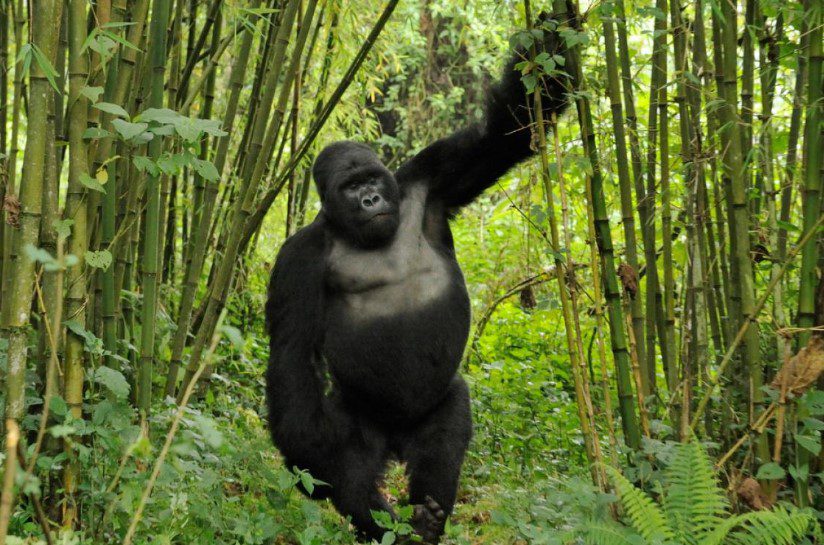
Mountain gorillas, residing in the dense forests of Central Africa, are another critically endangered primate species. Despite recent growth in their population due to intense conservation efforts, there are still only about 1,000 left in the wild. They face threats from habitat loss, human diseases, and poaching. Sustained conservation efforts, including habitat protection, anti-poaching patrols, and veterinary care, are essential for their survival. Help the WWF
10. Sumatran Tiger
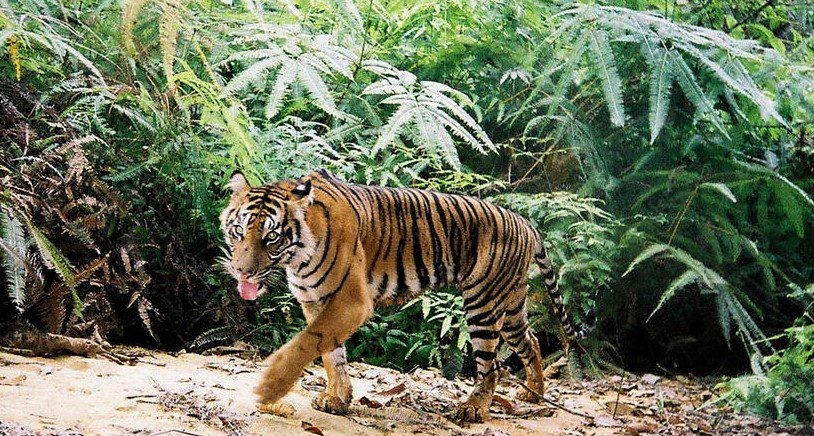
Sumatran tigers, the smallest subspecies of tiger, are teetering on the brink of extinction, with fewer than 400 left in the wild. These striking animals, known for their unique dark, thick stripes, are steadily declining due to habitat loss from palm oil plantations and illegal trade for their body parts. Stronger law enforcement against poaching and habitat conservation is required to ensure their survival. Help the WWF
All of these species are in urgent need of protection if we are to prevent them from disappearing forever. It’s a stark reminder of the impact human activities have on the world’s wildlife. In an increasingly interconnected world, it’s important to remember that the health of our planet relies on the biodiversity within it. Each species lost is a significant blow to the ecosystems they inhabit. Conservation of these endangered species, and many others, is of paramount importance if we are to maintain the Earth’s biodiversity.
“We’ve reached the end of our Top 10 countdown, and we’d love to hear from you! Do you agree with our choices, or is there something we missed that you feel deserves a spot on this list? Let’s start a conversation – comment below with your thoughts and ideas. Your input might just influence our next Top 10!”
If you like this you might like The Top 10 Breeds of Cats





